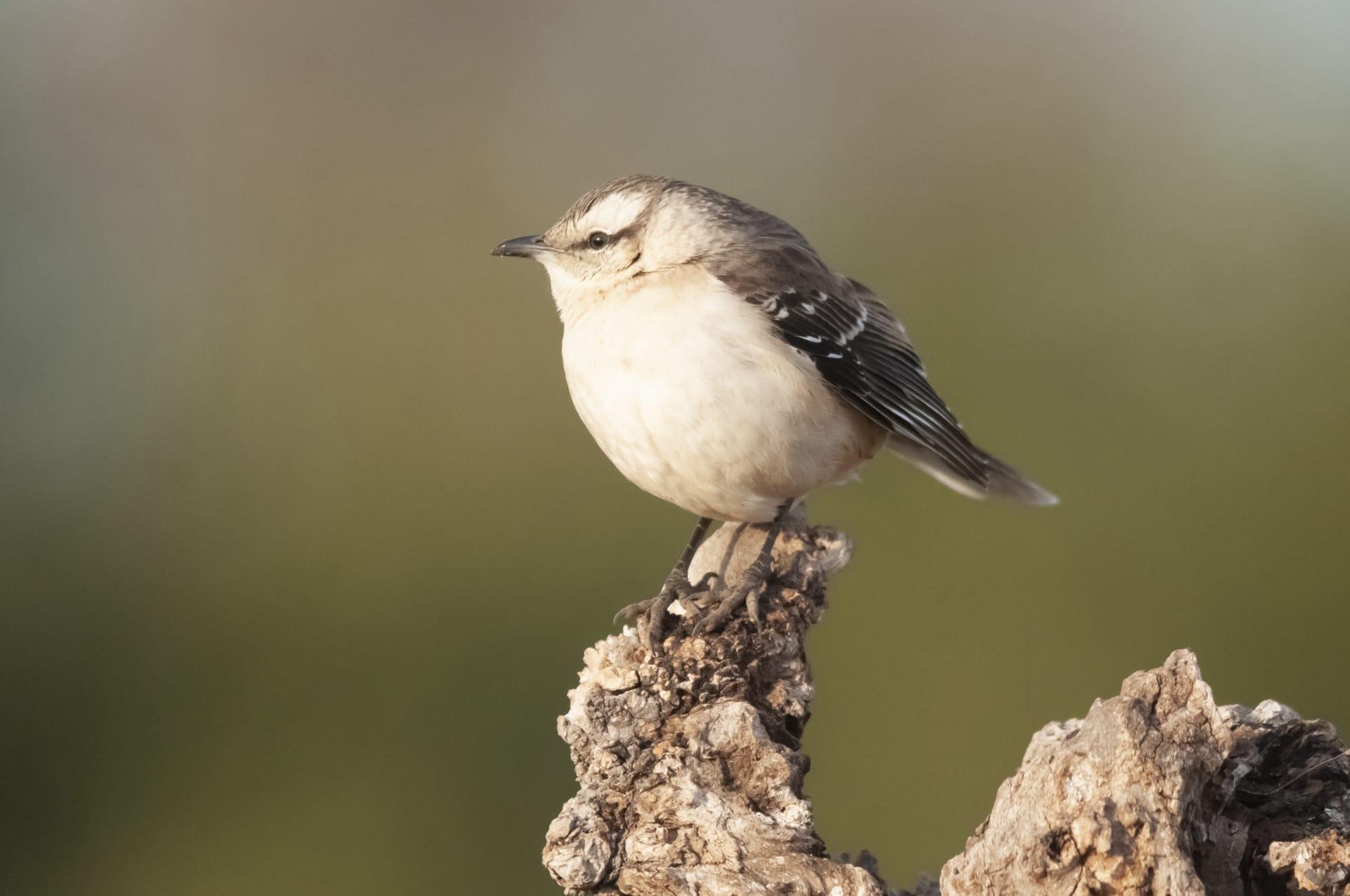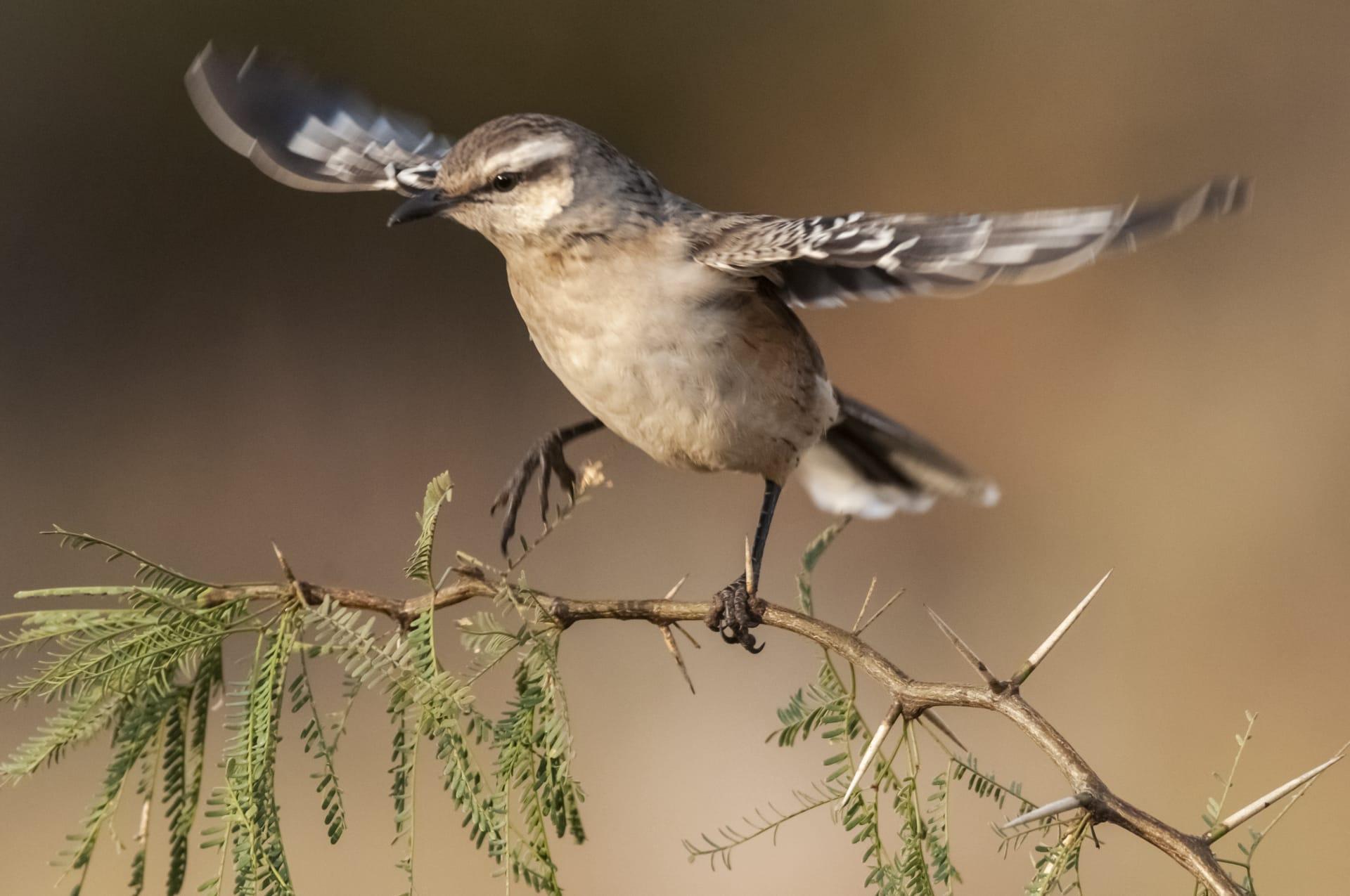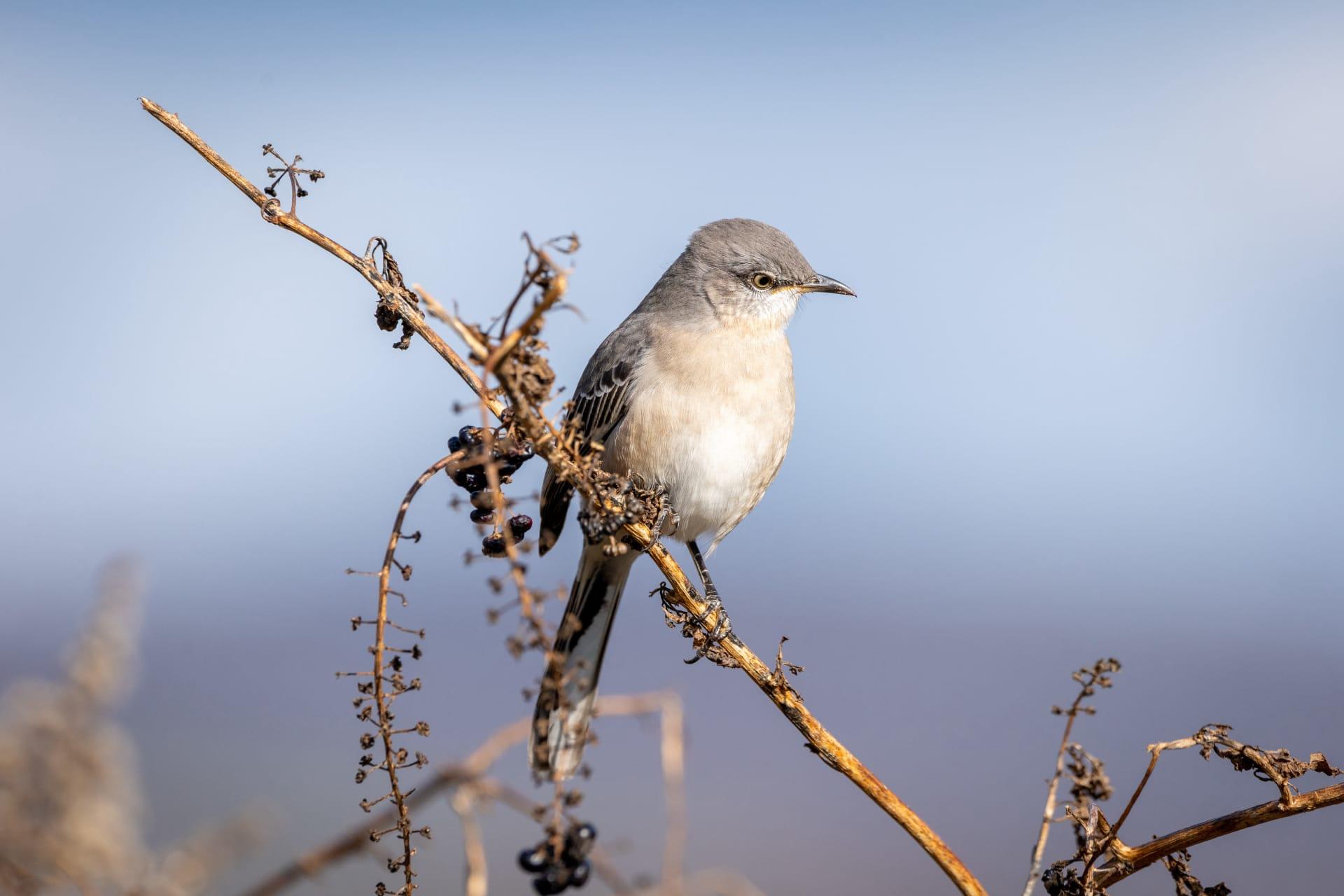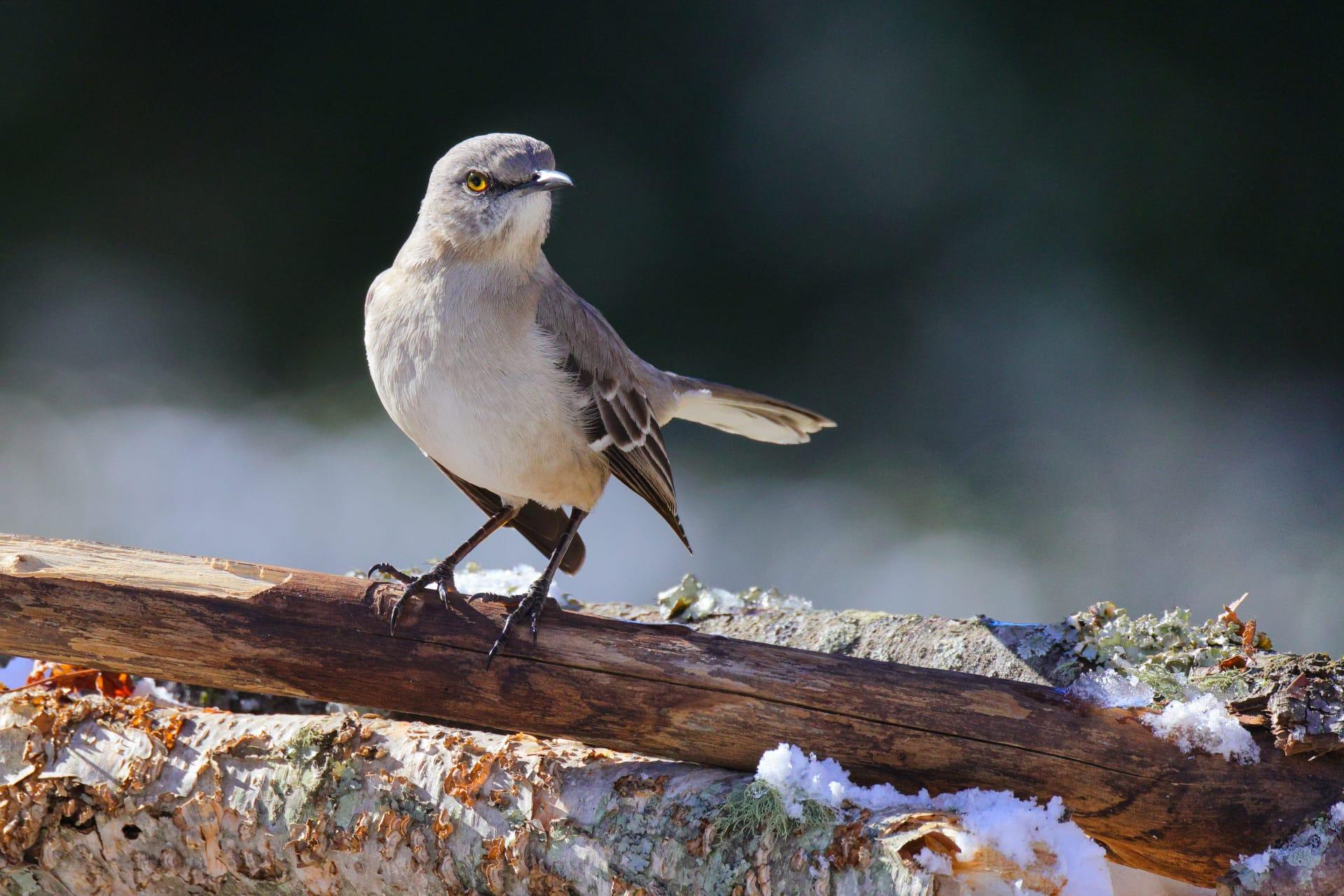1
Mockingbirds are renowned for their exceptional vocal abilities, capable of mimicking the songs of other birds and even human-made sounds. They can learn over 200 different songs throughout their lifetime, a skill that makes them one of the most versatile songbirds. Their repertoire can include the songs of other bird species, insect sounds, and even mechanical noises like car alarms. This mimicry is not just an impressive party trick; it plays a crucial role in their social interactions and mating rituals.
Another fascinating fact about mockingbirds is their remarkable memory, especially when it comes to recognizing humans. Research conducted at the University of Florida revealed that mockingbirds can identify individual humans who they perceive as a threat. In a study, when certain people approached their nests, the birds remembered them and reacted more aggressively, even if the person changed clothes or tried different disguises. This ability to remember and distinguish between humans is quite rare among birds, showcasing their unique cognitive abilities.

2
Did you know that the diet of a mockingbird varies by season? In spring and summer, their diet consists primarily of insects and other invertebrates. This change in diet helps them gain the necessary protein for breeding and raising their young. However, come fall and winter, their diet shifts drastically to fruits and berries. This seasonal diet adaptation ensures their survival, providing the necessary nutrients when insect populations are low.
Another intriguing aspect is their territorial behavior. Mockingbirds are fiercely territorial birds, especially during the breeding season. They have been observed to attack much larger birds, animals, and even humans if they venture too close to their nests. Male mockingbirds are particularly aggressive in defending their territory, often engaging in aerial chases and dive-bombing intruders. This behavior is a vital aspect of their survival strategy, ensuring the safety of their offspring and the integrity of their breeding ground.

3
Mockingbirds are also known for their extended period of parental care. Unlike many bird species, both male and female mockingbirds take an active role in feeding and protecting their young. This cooperative parenting lasts for up to 12 to 13 days after the chicks have fledged, significantly longer than many other bird species. During this time, the parents continue to feed the fledglings and teach them vital survival skills, including foraging and avoiding predators.
Furthermore, mockingbirds are highly adaptable in their choice of nesting sites. They can nest in a variety of locations, from natural settings like trees and shrubs to more urban environments like street lamps and house ledges. This adaptability has allowed them to thrive in diverse habitats, ranging from rural areas to bustling city landscapes. Their nests are meticulously constructed, often using twigs, grass, and leaves, and lined with softer materials for comfort.

4
Mockingbirds have a unique way of drinking water, known as 'leaf-bathing.' Instead of sipping water from a source, they often flutter in wet foliage or rain-soaked grass to get hydrated. This behavior is not just about quenching thirst; it also helps them to clean their feathers and cool down on hot days. Watching a mockingbird engage in leaf-bathing is a delightful spectacle, as they energetically flap and shake in the moisture.
Another interesting behavior is their nocturnal singing. While many birds sing during the day, mockingbirds are known for their nighttime serenades, especially under bright moonlight or in well-lit urban areas. This nocturnal singing is more common in unmated males, serving as a call to attract a mate. The intensity and volume of their night songs can be quite impressive, often leading to sleepless nights for humans living nearby!

5
Mockingbirds have a unique way of foraging for food. They are known to use a 'wing-flash' technique, where they open their wings in a quick, jerky motion to startle insects out of hiding. This technique, combined with their sharp eyesight, makes them effective hunters. They can often be seen hopping around lawns and gardens, flashing their wings and pouncing on unsuspecting prey.
Lastly, the lifespan of mockingbirds in the wild can be surprisingly long for such small birds. While many small bird species have a lifespan of only a few years, mockingbirds can live up to 8 years in the wild. In captivity, they can live even longer, with some records showing mockingbirds reaching ages of over 20 years. This longevity is attributed to their adaptability, varied diet, and effective defense strategies against predators.